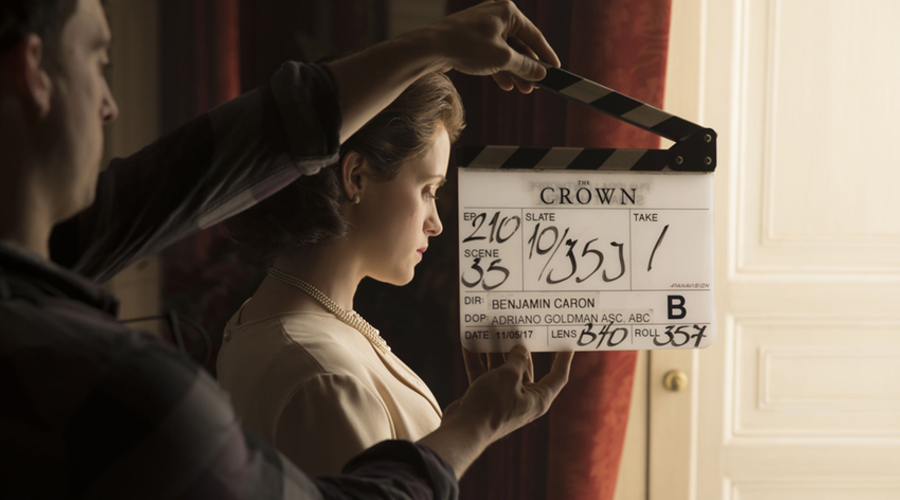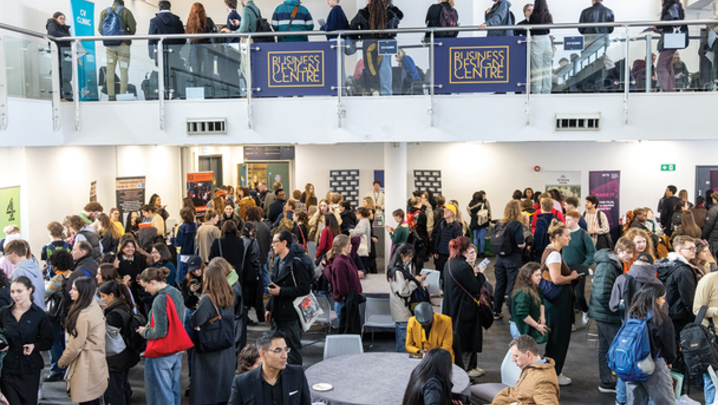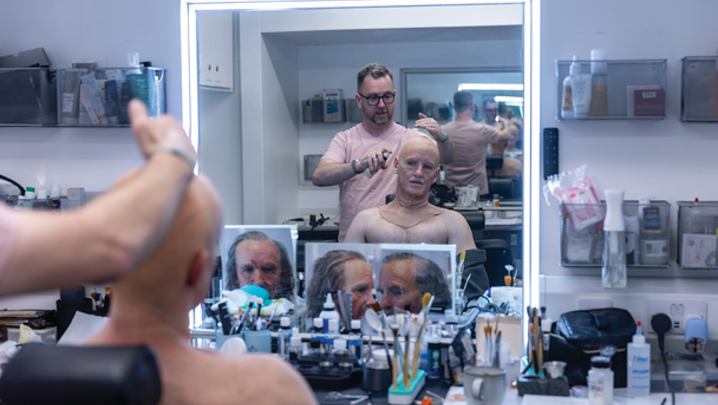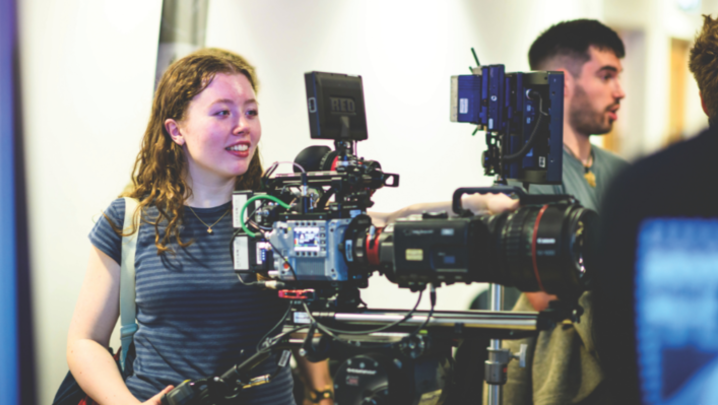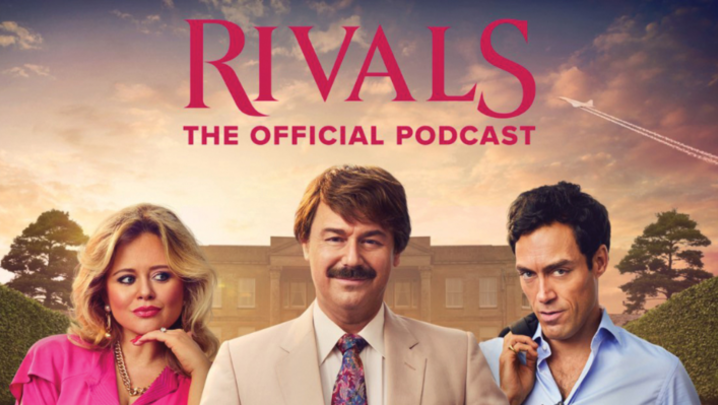Kate Holman hears how the Netflix series brings Britain’s royal history to life
Taking a script and bringing it to life on screen is no easy feat – and when the story is based on the most famous family in the world, the task carries huge responsibility.
“We’re not just recreating history,” said The Crown’s production designer Martin Childs. “It’s our own version of the world – it’s not a documentary. We try and find the mood and tone of our version of it,” added costume designer Jane Petrie.
“When I first get a script, I just read it as a viewer. The first thing is genuine excitement… then the fear starts setting in,” revealed director Ben Caron.
Editor Pia Di Ciaula admitted that she reads the scripts the way many viewers devour Netflix’s hit royal drama: “I set aside a weekend and I binge-read them all.”
The TV experts were talking at the RTS Futures event, “The Crown: from storyboard to screen”, in March.
Caron revealed that the crew watched hours of archive footage during series development to bring authenticity to the story. “Peter Morgan [writer of The Crown] will sit down with the researchers at the beginning of each series and give an outline of what events he plans to cover. He’ll then send the researchers away to build up a mass of relevant material.”
The highly documented life of the Royal Family provides endless material for the drama and a base for the story to unfold. “Archival footage gives you a starting point to work from to create your version of it,” said VFX supervisor Ben Turner. “There are some things I try to recreate perfectly and others where I use artistic licence.”
However, Caron made it clear that the production team is not making factual TV: “We are not trying to make a documentary, but I am trying to find the truth in a scene. I’m never daunted by the weight of historical truth.”
As the second series of The Crown, which was released last December, swings into the 1960s, subtle changes in set design and costume were key to showing the transition into a new decade. “Part of the fun is returning to locations and updating them,” said Turner. “With London Airport, we could start introducing terminal buildings and more vehicles and bring it into the Heathrow era.”
With 398 sets to create for series two, the production team had a huge design project on their hands, but this also gave it a strong creative influence on The Crown’s look. “Peter’s scripts are not too descriptive about the scenes; he gives few words and I have liberty on how to interpret [them],” said Martin Childs.
Ben Turner’s visual effects contribute hugely to this illusion. Filming the royal yacht, Britannia, required months of work, connecting and interweaving six places to create just one location.
“We flew a drone around the Britannia in Edinburgh and took photographs on deck,” he explained. “We took a lot of different photos of the same thing but from different angles to create our own computer-generated version.”
The RTS Futures event was chaired by Toby Earle and produced by Tom Popey, with support from Allie Elwell.

